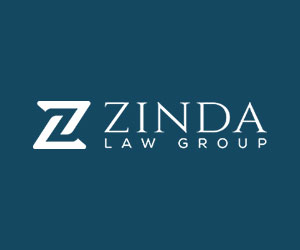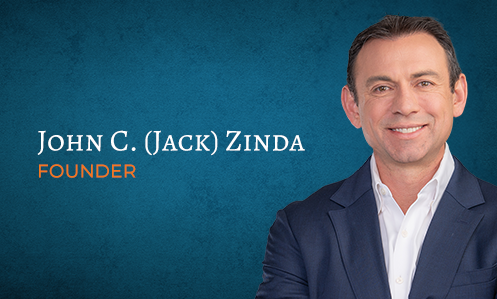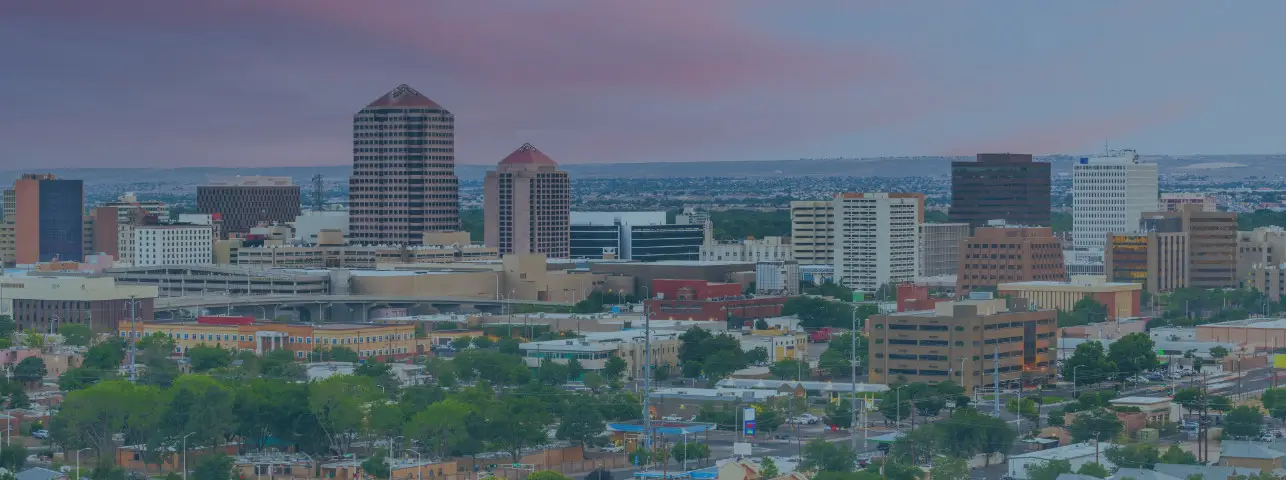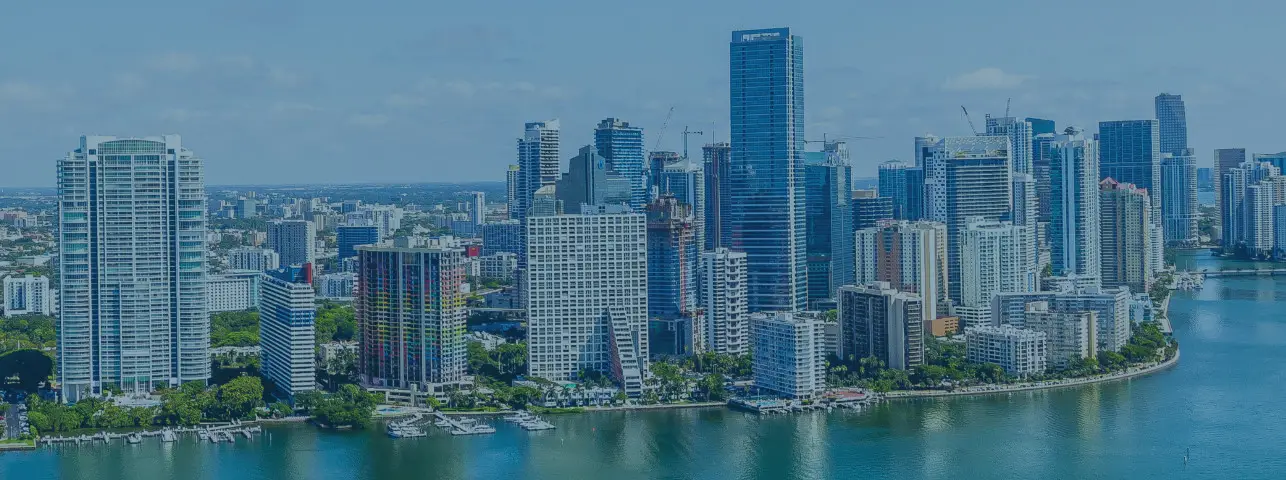More than 450,000 people sought treatment at hospitals for burn injuries in 2012. While not all burns are of a serious nature, many are – especially those that are third or fourth degree burns. Accordingly, the National Safety Council reported that of those more than 450,000 that sought treatment, 3,950 died as a result of their burn injuries. The prognosis, or outcome, for burn victims admitted to burn units is much better than for those who have been admitted versus a standard hospitalization that does not offer access to a burn unit.
Burns can often be treated at home, but more serious injuries will require medical attention. The following are types of burns and the typical treatment that is used for each type:
- First Degree – results in minor pain or redness that is easily treatable that can usually be done at home
- Second Degree – results in blisters and superficial damage to the burn area that may require medical attention
- Third Degree – results in burning or charring of skin that will require medical treatment
- Fourth Degree – results in injury to the underlying skin and bone structure that will require a full admission to a burn unit for surgery and skin grafts
While advances in medicine have made a big difference in the prognosis of burn victims, the outcome will depend on the nature and severity of the injury. It will also depend on what area of the body is injured and the type of treatment that is available to the burn victim.

John (Jack) Zinda
Founder / CEO
Over 100 years of combined experience representing injured victims across the country.
Available 24 / 7|Free Consultation
Neil Solomon
Partner
Real results matter. We do not get paid unless we win your case.
Available 24 / 7|Free Consultation


























